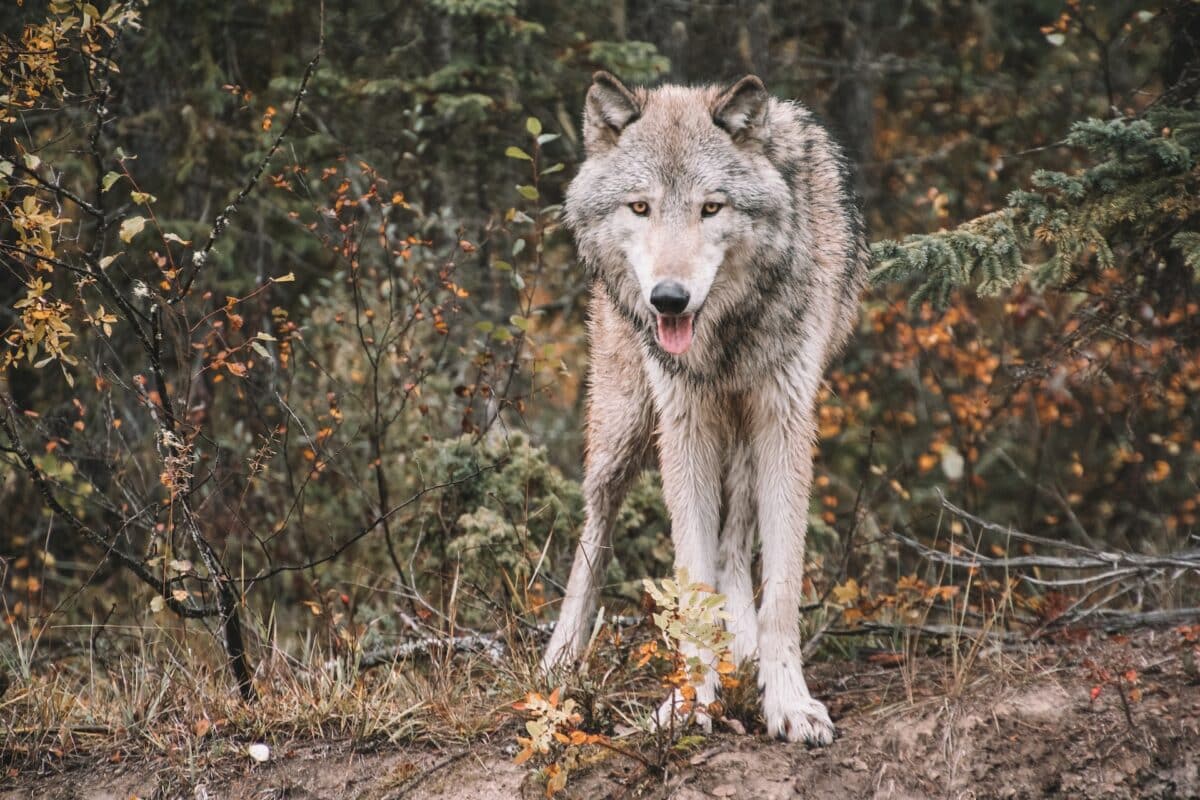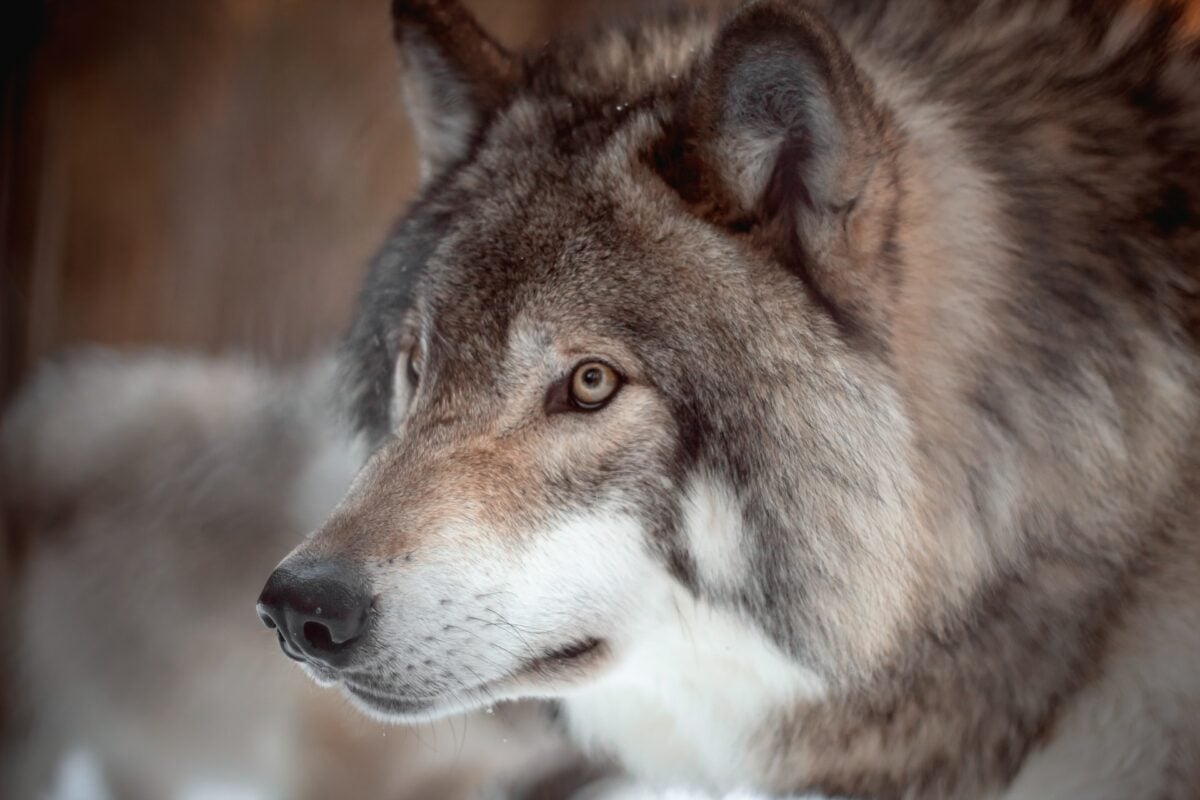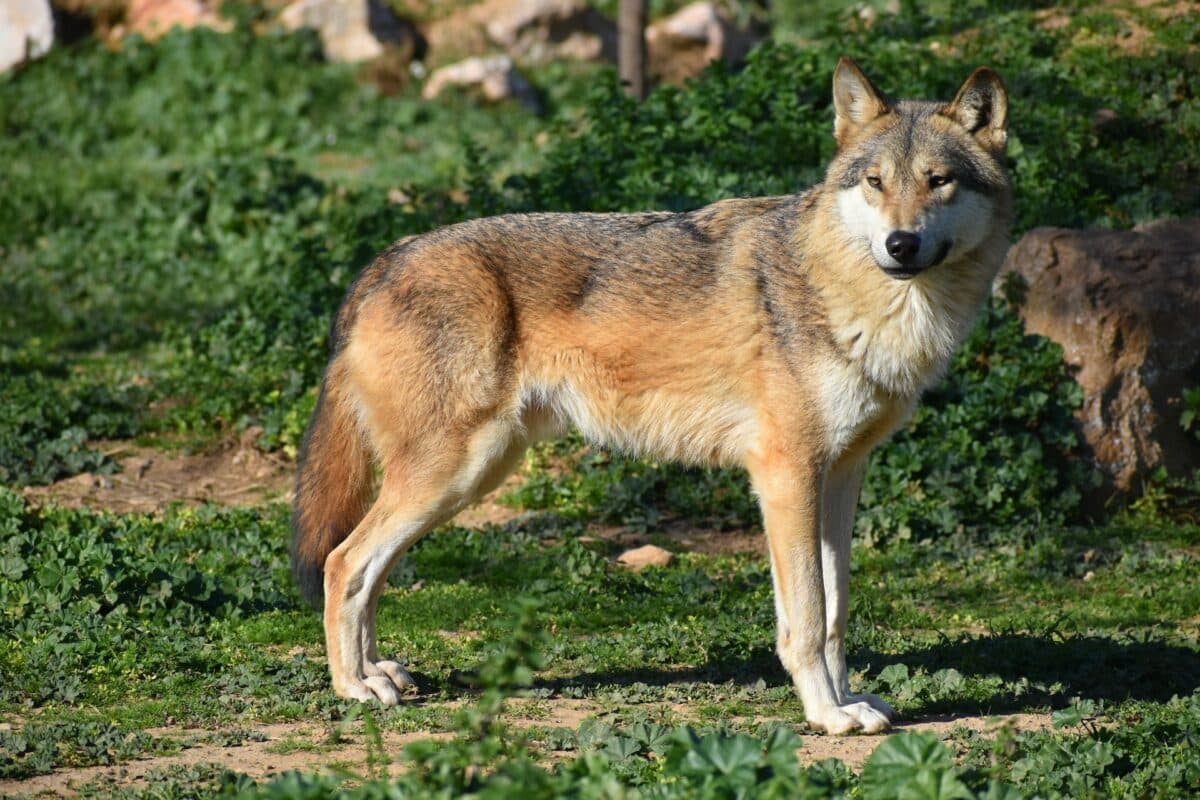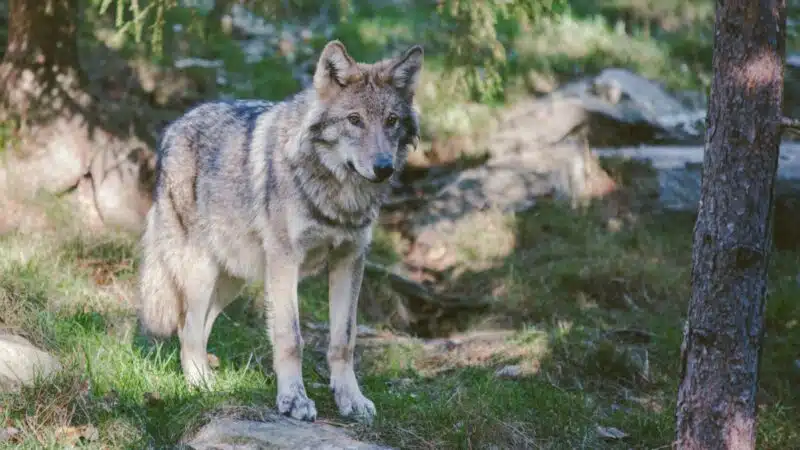Embark on a journey into the wild realms of the Russian gray wolf, a majestic creature that claims the title of the largest grey wolf ever recorded. From its awe-inspiring size to its intriguing behavior, this magnificent subspecies of the gray wolf, found in Europe and the northern reaches of Asia, captivates with its sheer presence. Join us as we delve into the world of the Russian gray wolf, exploring its physical characteristics, behavior, diet, and lifespan in an illuminating adventure through the untamed landscapes it calls home.
A Gargantuan Presence: Size Matters

Standing as a testament to the wonders of the animal kingdom, the Russian gray wolf boasts an impressive size that sets it apart from its counterparts. On average, these wolves tip the scales between 152 and 176 pounds, making them the heavyweight champions of the grey wolf subspecies. Picture a creature with a frame that rivals some large dog breeds, yet possesses the wild elegance that defines the untamed.
Did you know? The size of the Russian gray wolf can be attributed to its adaptation to the harsh climates of Europe and Asia, where a larger build provides an advantage in surviving the unforgiving elements.
Roaming Across Continents: Habitat and Distribution
One cannot discuss the Russian gray wolf without exploring its vast habitat. Stretching its dominion across Europe and the northern hemisphere of Asia, this formidable creature has adapted to diverse landscapes, from the snowy expanses of Siberia to the lush woodlands of Eastern Europe. Their ability to thrive in such varied environments underscores their resilience and adaptability.
Fun fact: Despite their expansive territory, Russian gray wolves are known for their close-knit family structures. Packs often consist of an alpha pair and their offspring, creating a social dynamic that fosters cooperation and survival.
Unveiling the Wild Symphony: Physical Characteristics

The Russian gray wolf, with its distinctive features, stands as a testament to nature’s artistry. Sporting a thick, luxurious coat that varies in color from shades of gray to brown, these wolves blend seamlessly into their surroundings, mastering the art of camouflage. Their sharp, yellow eyes pierce through the wilderness, reflecting intelligence and a primal awareness.
Did you know? The fur of the Russian gray wolf is not only a shield against the elements but also serves as a visual communication tool. Raised fur can convey dominance or submission, playing a crucial role in pack dynamics.
Mysterious Guardians of the Night: Behavioral Insights
Evidently, beyond their physical prowess, the Russian gray wolf’s behavior adds layers to its mystique. Nocturnal by nature, these wolves are the elusive shadows of the wilderness. Their howls, echoing through the silent night, serve as both a haunting melody and a means of communication within the pack. Hunting in coordinated efforts, they showcase remarkable teamwork, taking down prey with strategic precision.
Fun fact: Russian gray wolves are skilled problem solvers, exhibiting a level of intelligence that aids them in navigating the challenges of their environment. This cognitive ability contributes to their success as apex predators.
Culinary Adventures: Exploring the Wolf’s Diet
Firstly, the culinary preferences of the Russian gray wolf are as diverse as the landscapes they inhabit. Secondly, their diet encompasses a variety of prey, including deer, elk, and smaller mammals. Furthermore, these wolves are strategic hunters, relying on their keen senses and cooperation within the pack to secure a steady food supply. Their role as apex predators maintains the delicate balance of ecosystems.
Did you know? Russian gray wolves play a vital role in controlling herbivore populations, preventing overgrazing that could disrupt the ecological equilibrium.
A Life in the Wilderness: The Lifespan of the Russian Gray Wolf

As guardians of the untamed, Russian gray wolves navigate the challenges of the wild with grace and tenacity. In their natural habitat, these majestic creatures can live up to 10-12 years. Thus, facing a myriad of trials that shape their existence. From harsh winters to territorial disputes, their lifespan is a testament to the resilience required. Required for survival in the unforgiving landscapes they call home.
Fun fact: The alpha pair in a Russian gray wolf pack often serves as the cornerstone of stability. Thus, leading the pack with wisdom acquired through years of experience.
Wrapping Up with the Largest Grey Wolf
In the heart of Europe and the northern reaches of Asia, the Russian gray wolf reigns supreme. Evidently, it is the largest grey wolf ever recorded. From its colossal size to its intricate family dynamics, this subspecies paints a vivid portrait of wilderness resilience. As we explore the realms of the Russian gray wolf, we unravel the threads that weave this magnificent creature into the rich tapestry of the natural world. Furthermore, where size, behavior, and adaptability converge in a harmonious dance of survival and splendor.
Thank you for following along with this article –
Next up in the animal kingdom:
- Bald Eagle Family Expand Their Nest In California - April 24, 2024
- Firefighter Saves Abandoned Kittens Found Cuddling In Hoses - April 24, 2024
- Dolphins Get High Playing Catch With A Pufferfish - April 24, 2024

